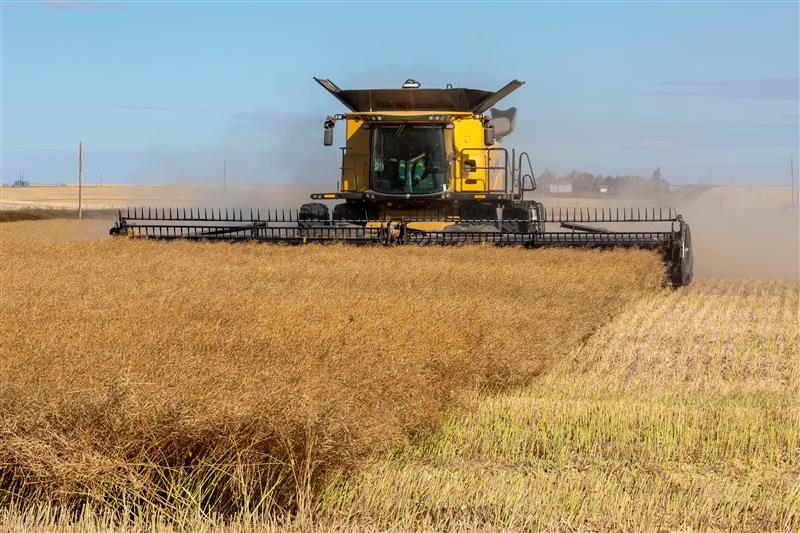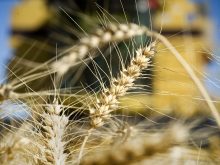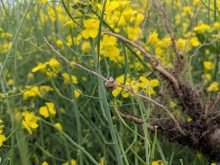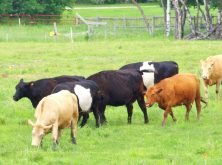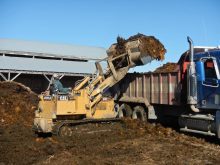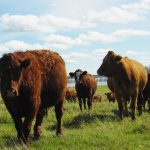BRANDON. Man. – The Brits like their bread, and they’ll settle for nothing less than the best wheat to get it.
England’s premier bakery believes the wheat grown in southwestern Manitoba is some of the best in the world. That’s why Warburton’s established a plant in Brandon to test the wheat shipped to the company’s British bakeries each year.
People in the United Kingdom pay nearly double the price of regular bread for a loaf of Warburton’s, and they eat 3.2 million loaves a week.
One of Mere-dith Miller’s duties at the baking company’s technical centre on the outskirts of Brandon is to conduct the “butterability test” on loaves to see how selected wheat varieties are measuring up.
Read Also
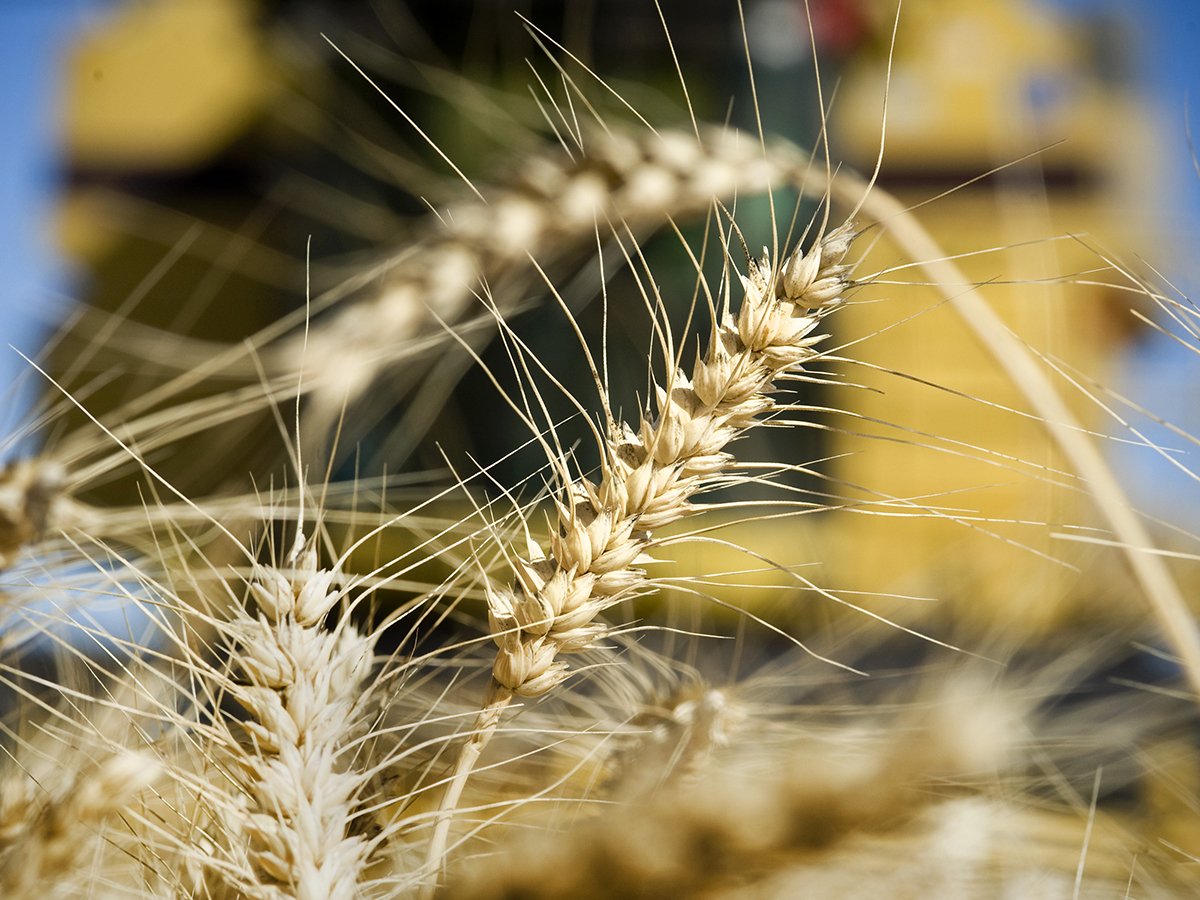
European wheat production makes big recovery
EU crop prospects are vastly improved, which could mean fewer canola and durum imports from Canada.
“It’s not supposed to shred and tear,” she said. “It has to be soft but still pop back up when you press down.”
Compared to the regular Canadian loaf, Warburton’s bread is more dense, firm and has a tighter cell structure.
Quality is crucial, she said, and when it started to drop in the late 1980s, Warburton’s set up the Brandon test plant in March 1996 to monitor the wheat varieties chosen for their bread making performance.
Some perform better
Research at the century-old family company revealed certain varieties of Canadian hard red spring wheat produced different qualities of bread. That led Warburton’s to enter into an identity-preserved production program with the Canadian Wheat Board.
Signed in January 1995, the program allows Warburton’s to buy specific varieties of wheat, including Teal, Columbus, Pasqua and Cora, which produce the highest quality bread by Warburton’s standards. Last year, the bakery held contracts with over 700 producers in Manitoba and Saskatchewan through Manitoba Pool Elevators and Patterson Grain.
Teal seems to make the best bread, said Miller.
“We can’t say exactly what it is with certain varieties but we know it has something to do with the protein structure and gluten that makes a really sturdy loaf.”
The variety used and where the wheat was grown determine how the sample “bakes out,” Miller said. Those results are then used to decide which varieties will be used for the following year.
Farmers have to use certified seed, keep documents of their crop and submit a 20 kilogram sample for testing before the wheat is accepted.
If the sample grades a No. 2 or higher, has a minimum protein level of 13.5 percent, fusarium damage less than one percent and passes a “falling number” test to indicate if enzymes that cause sprouting are present, the farmer is paid a $20-a-tonne premium over the wheat board price.
Ergot damage is the usual reason samples are turned away, Miller said.
Warburton’s only contracts in regions of Manitoba and Saskatchewan that produce the quality of wheat it requires. The area runs north to Binscarth, south to the U.S. border, east to Glenboro and west to Swift Current.
The results have been good, said Nancy Heaman, who has worked with Warburton’s for 10 years.
“And a lot of producers seem happy to be able to see the end user,” she said.

